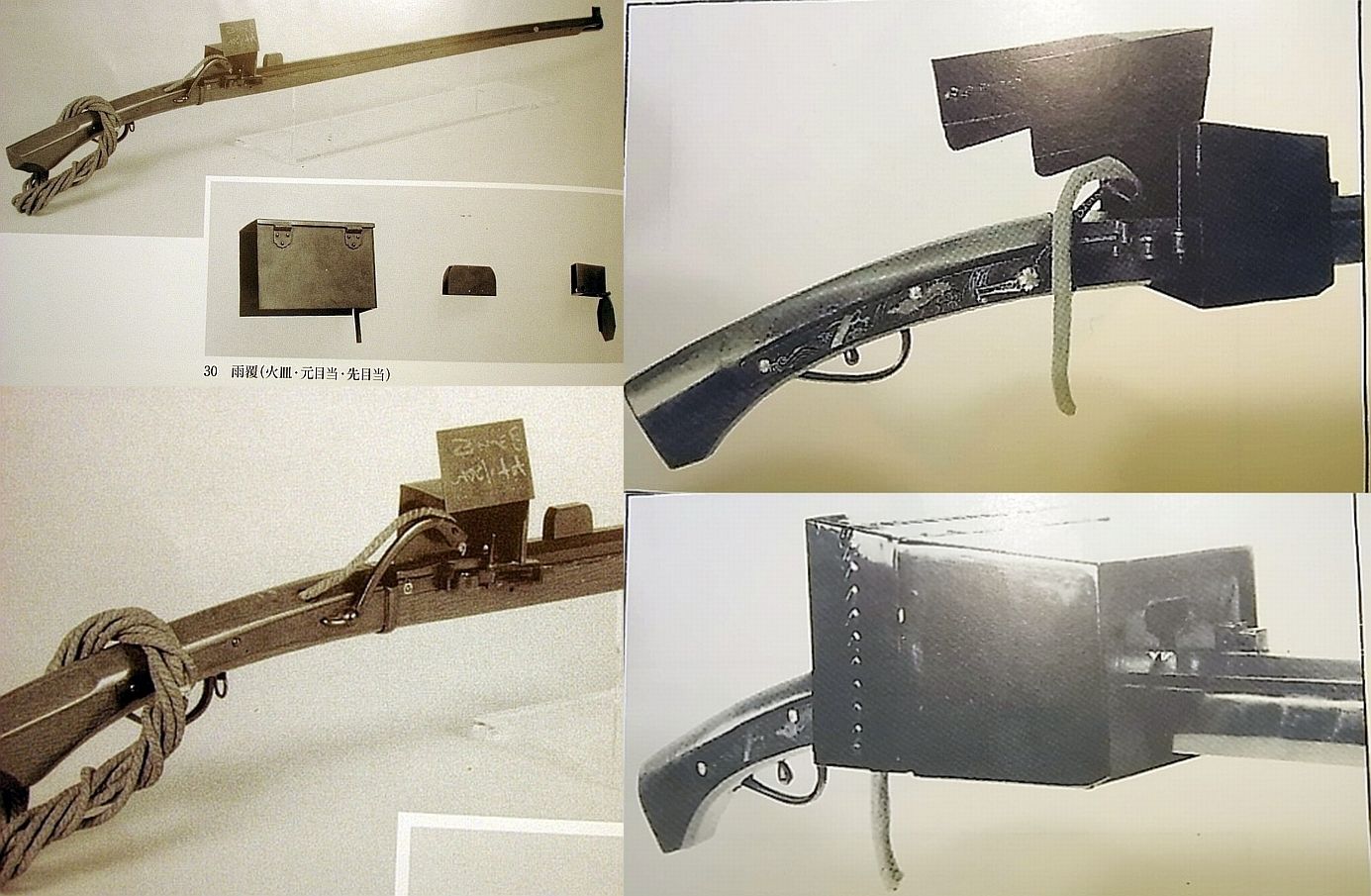user 56333
40 Cal
- Joined
- Dec 30, 2022
- Messages
- 156
- Reaction score
- 121
I've seen illustrations of Spanish "sea soldiers" from the 1500s carrying matchlocks, and I assume the same could be found on other countries ships during this period, given that matchlocks were the predominant firearm back then. So, I'd like to learn a bit more about how matchlocks were used aboard ships throughout history. For instance:
Were there ever any patterns of "sea service" matchlocks made?
Did matchlocks intended for shipboard use ever have brass fittings to better resist the salt water, the way that "sea service" flintlocks in later generations sometimes did?
Did matchlock-armed troops ever take positions on fighting tops to shoot down at the enemy deck, the way that marines in the flintlock generations did? Or were matchlocks considered too dangerous to shoot in close proximity to the rigging/sails?
Or really anything else related to the use of matchlocks at sea.
Were there ever any patterns of "sea service" matchlocks made?
Did matchlocks intended for shipboard use ever have brass fittings to better resist the salt water, the way that "sea service" flintlocks in later generations sometimes did?
Did matchlock-armed troops ever take positions on fighting tops to shoot down at the enemy deck, the way that marines in the flintlock generations did? Or were matchlocks considered too dangerous to shoot in close proximity to the rigging/sails?
Or really anything else related to the use of matchlocks at sea.










